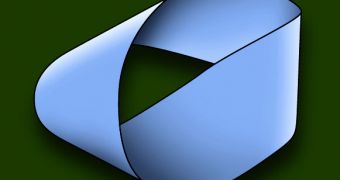The Moebius strip is a mathematical phenomenon that has become a painting symbol after being made famous by the Dutch artist M.C. Escher. It is a surface with only one side and only one boundary component and has some unusual properties.
Easy to create, it is the result of a half-twist applied to a paper strip, whose ends are then merged together to form a single strip. If a line is drawn starting from the seam down the middle, it will always meet back at the seam on the other side.
If the line is continued, it will again meet the point of origin and will effectively double the length of the intial strip and if the strip is cut along this line, it becomes one long strip with two full twists in it, instead of generating two distinct strips.
Now a group of scientists say they solved thee eight-decade-old puzzles of this phenomenon that produced the intriguing loop. Creating the strip in nature is easy, but explaining its unusual shape algebraically, in the form of an equation, has so far been very difficult.
Gert van der Heijden and Eugene Starostin of University College London, two non-linear dynamics experts, say they have the solution and that the weird shape of the strip is in fact determined by differing areas of "energy density."
This energy density is an elastic energy stored in the strip as a result of the folding, being at its highest where the strip is most bent and at its lowest where places are flat and unstressed by a fold. By increasing the width of the strip proportionally to its length, the energy density areas shift too, which produced a shape change, as their equations explain.
They said that these equations could have practical applications, like predicting points of tearing in various fabrics and could be used by pharmaceutical engineers who model the structure of new drugs.

 14 DAY TRIAL //
14 DAY TRIAL //